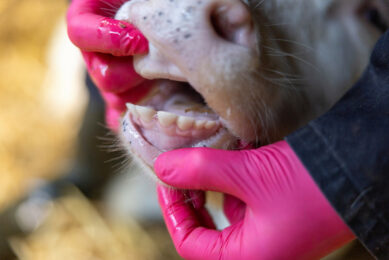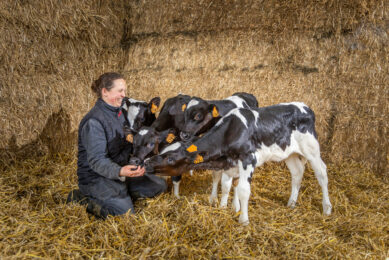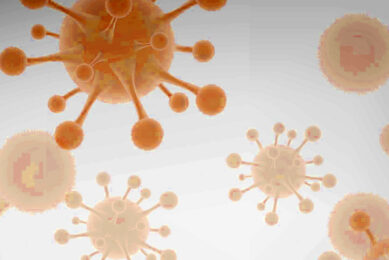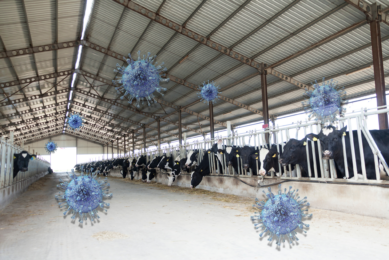Which advanced technologies monitor dairy calf health?
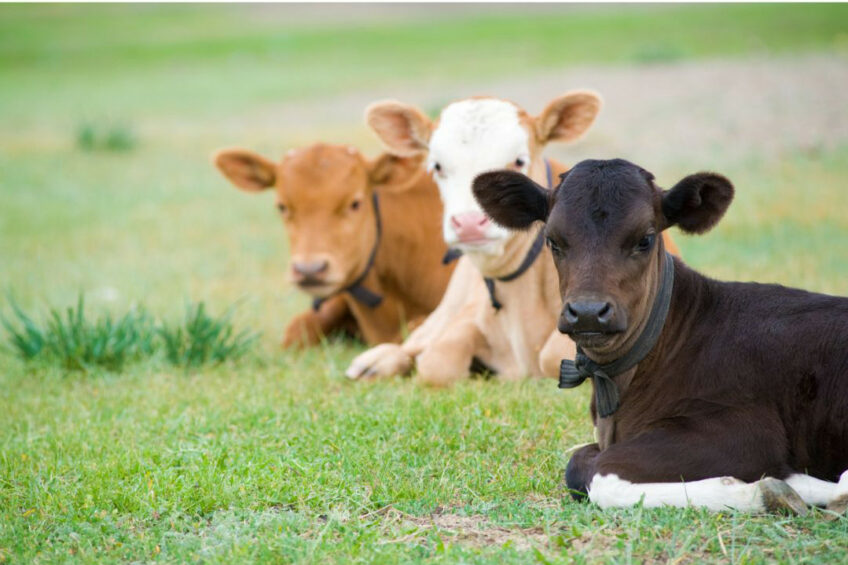
Birth presents the highest risk of mortality, while the pre-weaning period shows high morbidity for the dairy calf. Accurate monitoring is needed to ensure calves transition successfully through these high-risk periods. Here, we take a look at different precision livestock farming technologies.
In this recent study, researchers explain the different precision livestock farming technologies that can be used for the prediction of calf birth, the prediction of neonatal calf diarrhoea, and the prediction of bovine respiratory disease in calves.
As dairy herd sizes increase, and skilled labour becomes less sufficient, alternative approaches to protecting good calf health and welfare are required. One approach currently under active research is to utilise modern technologies to assist in monitoring and managing calf health from birth to weaning. Most of the bovine biosensors available have been developed for cows, primarily dairy cows and primarily lactating dairy cows, not calves. However, precision livestock farming technologies are now increasingly being adapted and validated for dairy calves.
Approaches to predict calf birth and monitor health
In this study, researchers focused on the technologies to predict calf birth, neonatal calf diarrhoea and bovine respiratory disease in calves. The focus of commercially available birth prediction devices is on monitoring cow activity, body temperature, tail elevation and foetal expulsion. For both calf diarrhoea and respiratory disease, the focus is on technologies that monitor feeding/drinking behaviour, activity behaviour and physiological parameters.
![]() Prediction of calf birth
Prediction of calf birth
The researchers reviewed 4 of the most researched approaches.
Activity monitors: The activity patterns of pregnant cows change in the days and hours before calving. Of activity monitoring devices, a combination of rumination time and posture changes appears to offer the best prediction accuracy, but cost may be an issue for some breeders not already using precision livestock farming technology. Examples of activity monitors include IceQube, Hi-Tag, HR-tag, RumiWatch, Silent Herdsman Collar, MooMonitor, SensOor and Smartbow ear tag.
Foetal expulsion monitors: There is only limited research on the ability of foetal expulsion sensors to predict the time of calving. However, vulval lips separation devices appear to offer the best prediction accuracy, but these must be attached by a veterinarian. Some of the commercial devices developed to detect the expulsion of the foetus include Cow Call, C6 Birth Control, GPS-Calving Alarm, iVET and New Deal.
Tail elevation monitors: The frequency and duration of horizontal tail raising increases in the hours before calving. Of tail elevation devices, tail-mounted accelerometers appear to offer the best prediction accuracy but issues with tail injuries and no/false alerts may occur. Several commercial devices are now available, including Alert’Vel, Animal Sensing, Calving Alert Set, Moocall sensor, and SmartVel.
Temperature monitors: The body temperature of the pregnant cow declines in the 48 hours before calving. Intra-vaginal thermosensors appear to offer the best prediction accuracy, but the animals must be well-restrained, and the devices inserted hygienically in the vagina. Devices that incorporate thermosensors to predict calving time include CowsOnWeb, Gyuonkei, HK Calving Alarm, Moo-Minder, Radco, Smaxtec, Tsense, Vel’Box and Vel’Phone.
![]() Prediction of neonatal calf diarrhoea
Prediction of neonatal calf diarrhoea
Reports show diarrhoea is still the number one cause of mortality in neonatal calves. Given the significant long-term effects of neonatal calf diarrhoea on productive and reproductive performance, breeders need reliable ways to predict diarrhoea in time for early treatment. In addition, as calves are stoic animals, signs can be subtle and by the time clinical signs are detected visually, irreversible intestinal pathology may already have occurred. Hence, numerous predictor variables are explored to detect the onset of neonatal calf diarrhoea.
Feeding/drinking behaviour: Of calf feeding/drinking monitoring technologies, those based on data collected from the automatic feeder appear to offer the best potential, but none yet can accurately pre-diagnose neonatal calf diarrhoea.
Activity behaviour: Of calf activity monitoring devices, ear or leg-mounted accelerometers appear to offer the best prediction accuracy, but none yet can prospectively predict the onset of neonatal calf diarrhoea.
Physiological parameters: Of calf physiological parameter monitoring devices, body temperature and rumination activity appear to offer the best prediction accuracy, but both need validation studies.
![]() Prediction of bovine respiratory disease in calves
Prediction of bovine respiratory disease in calves
Like calf diarrhoea, feeding/drinking behaviour, activity behaviour and physiological parameters have been used, sometimes in combination, to attempt to predict the onset of bovine respiratory disease. Early diagnosis of bovine respiratory disease could facilitate earlier therapy and thus optimise treatment outcomes.
Feeding behaviour: Of calf feeding/drinking monitoring technologies, those based on data collected from the automatic feeder appear to offer the best potential but need to be interpreted considering calf feeding system, i.e., limit-fed vs ad libitum-fed.
Activity behaviour: Of calf activity behaviour monitoring devices, those based on ear or leg-mounted accelerometers appear to offer the best potential, but results to date have been variable and conflicting.
Physiological parameters: Of physiological parameter monitoring technologies, those based on infrared thermography and cough detection appear to offer the best potential, but none are yet commercially validated for dairy calves.
Barriers to recording calf health data
Establishing accurate illness and treatment rates in dairy calves is crucial, yet calf health records are often incomplete. Researchers from the University of Guelph conducted an online survey with 88 dairy producers in Ontario, Canada, to investigate barriers for dairy farmers for recording calf illnesses and treatments.
They found that there is an opportunity to reduce calf morbidity and improve treatment recording practices by ensuring that calf health records are kept close to the calves, that the method of recording allows for data analysis, and that analysis is performed and reported to the farmer.
Furthermore, producers may be motivated to record more illnesses and treatments if an easy-to-use mobile app were available in the calf barn and facilitated useful feedback to farm personnel. The mobile app would improve recording if it could be used in the calf barn, provide data analytics, and allow for time-efficient data entry.
Conclusion
The researchers concluded that major future challenges for all precision livestock farming calf technologies include validation of existing commercial devices, integration of information across different devices and development of economical, real-time, decision-support forecasting tools for commercial dairy breeders. They also mentioned that, currently, no published studies compare all commercially available devices together, so we must rely on studies where one device is compared with breeder observations or where more than one device is compared on the same animal.
“Given that research on dairy calf precision livestock farming lags behind dairy cow precision livestock farming research, these early technology adaptation problems are to be expected, however, next-generation calf-specific precision livestock farming technologies may resolve these issues and make such devices mainstream for dairy breeders,” they said.
This article is based on the publication ‘State-of-the-art sensors to monitor/manage dairy calf birth and calf health’, Large Animal Review, Vol 30, 2024.
Join 13,000+ subscribers
Subscribe to our newsletter to stay updated about all the need-to-know content in the dairy sector, two times a week.



